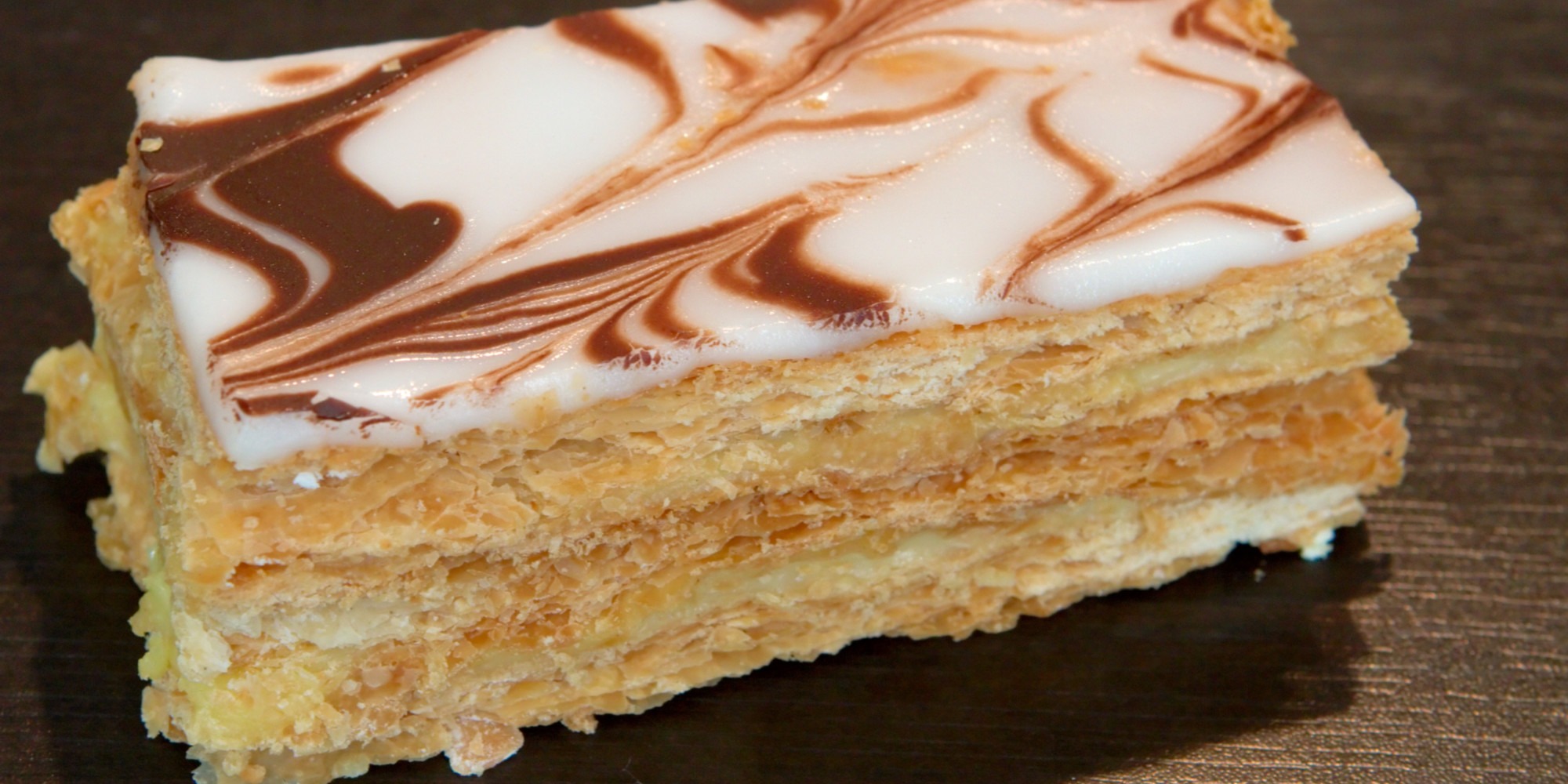The lightning, the opera or the mille-feuille are part of the heritage of French gastronomy.
But do you know where they come from?
The team of La Table des bons vivants retraced the history of these great pastry classics on Saturday on Europe 1.
You have all tasted these delicious pastries.
The eclair, the opera, the Paris-Brest and the mille-feuille are classics of French gastronomy, and have delighted millions of young and old for decades.
Saturday on Europe 1, the team of the show La Table des bons vivants retraced the history of these four famous pastries.
>> Find all of Laurent Mariotte's shows in replay and podcast here
Lightning, born circa 1850
The lightning was born around 1850 and its ancestor was called bread to the duchess.
It starts out long, filled with pastry cream and rich in eggs and sugar.
Coffee essence or chocolate shavings are added to it, but the icing to finish the pastry comes later, in the 20th century.
Its name comes from the fact that it is eaten ... in a flash.
Our addresses:
the Saint André Letendart pastry shop in Pau, L'Éclair de Génie in Paris, The Pathfinders in Lyon
Opera, a disputed paternity between Dalloyau and Lenôtre
The opera was premiered in 1955 by Cyriaque Gavillon.
His wife, Andrée, came up with the name "opera" because she found the smooth surface of the cake, ebony color, to resemble the floor of the Paris opera stage.
Cyriaque Gavillon worked for Dalloyau, the famous pastry-caterer.
It was thought for a long time that Gaston Lenôtre had created the opera, as he has long boasted.
Except that the Lenôtre house was created in 1957, two years after the creation of the opera.
The newspaper Le Monde even carried out the investigation and explained in 1988 that the paternity of the cake was not in Lenôtre, but in Dalloyau.
Our address:
Pascal Lac in Nice
Paris-Brest, in honor of the eponymous bike race
The founders of the Paris-Brest bicycle race asked a pastry chef, Louis Durand, to create a cake in honor of this race at the beginning of the 20th century.
This is why this pastry looks like a bicycle wheel.
The Durand pastry shop still exists in Maisons-Lafitte and we still find the authentic Paris-Brest.
The mille-feuille, originally without pastry cream
The first traces of mille-feuille go back to 1742. At the time we speak of garnishing with marmalade, redcurrant or apricot jelly.
Pastry cream arrived much later, in 1873 by Jules Gouffè.
At the time, the mille-feuille was much higher than it is today.
Today there are three layers of puff pastry and three layers of filling.
And, for the record, there are not 1,000 leaves in a mille-feuille but ... 729!
Our addresses:
Chez Alain Rolancy in Lyon, La maison du boulanger in Lannilis (Finistère), La pâtisserie Benoît in Rieumes (Haute-Garonne)

